Mountain Science – preliminary results 3
At higher altitudes, the intensity of ultraviolet (UV) radiation increases because there is less atmosphere above to absorb the ultraviolet rays. The UV intensity also increases the closer we go towards the equator, so climbers from the UK who go climbing in the Himalayas, say, will also see an increase in UV because of the change in latitude. Snow and sand can increase UV exposure further, particularly in shaded areas, because they reflect the UV rays.
Ultraviolet radiation exposure can lead to sunburn, premature skin ageing and skin cancer, as well as causing eye damage (e.g. cataracts), so it’s really important that climbers protect their skin and eyes at altitude.
This is a picture of me wearing a hat and glacier sunglasses for protection. I am wearing factor 50 sunscreen (and factor 30 lip balm) but still look a bit red. I should be wearing my buff over my face to protect my lips and cheeks.
When I was in the Himalayas I measured UV intensity at various altitudes, see graph below. Although there is some variation, we can see that the intensity is increasing in both the sun and the shade.
Since it’s so important for climbers to protect their eyes and skin whilst at altitude, I did some demonstrations using UV colour-changing beads to see the UV-blocking effect of my Julbo Monterosa glacier sunglasses.
Below is a picture of the UV beads in the sun – nice and colourful. They are white in the dark, but in the presence of UV the beads become more and more brightly coloured depending on the UV intensity.
I put some beads in two pots and left them in my sunglasses case, out of the sun, to turn white. When I took them out of the case I kept one protected by the glass of my glacier glasses and the other was exposed to the sun, as in the picture below. I left them like this for several minutes.
Then I moved the sunglasses away and looked at the difference in the beads, see below. The beads protected by the sunglasses were barely coloured at all (the colour creeps in quickly when the protection is removed) whereas the ones that had been in the sun were very bright. At least this shows my Julbo glacier glasses were working!
Julbo have several presentations on their website on the importance of eye protection. For more information on UV radiation and sun health see the US Sunwise program and the UK Met Office.
Alongside Anturus I am making some videos of these experiments as educational resources, but these are some first results.
Thanks to my sponsors:

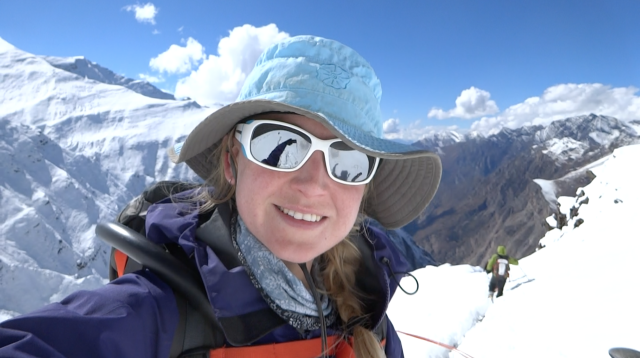
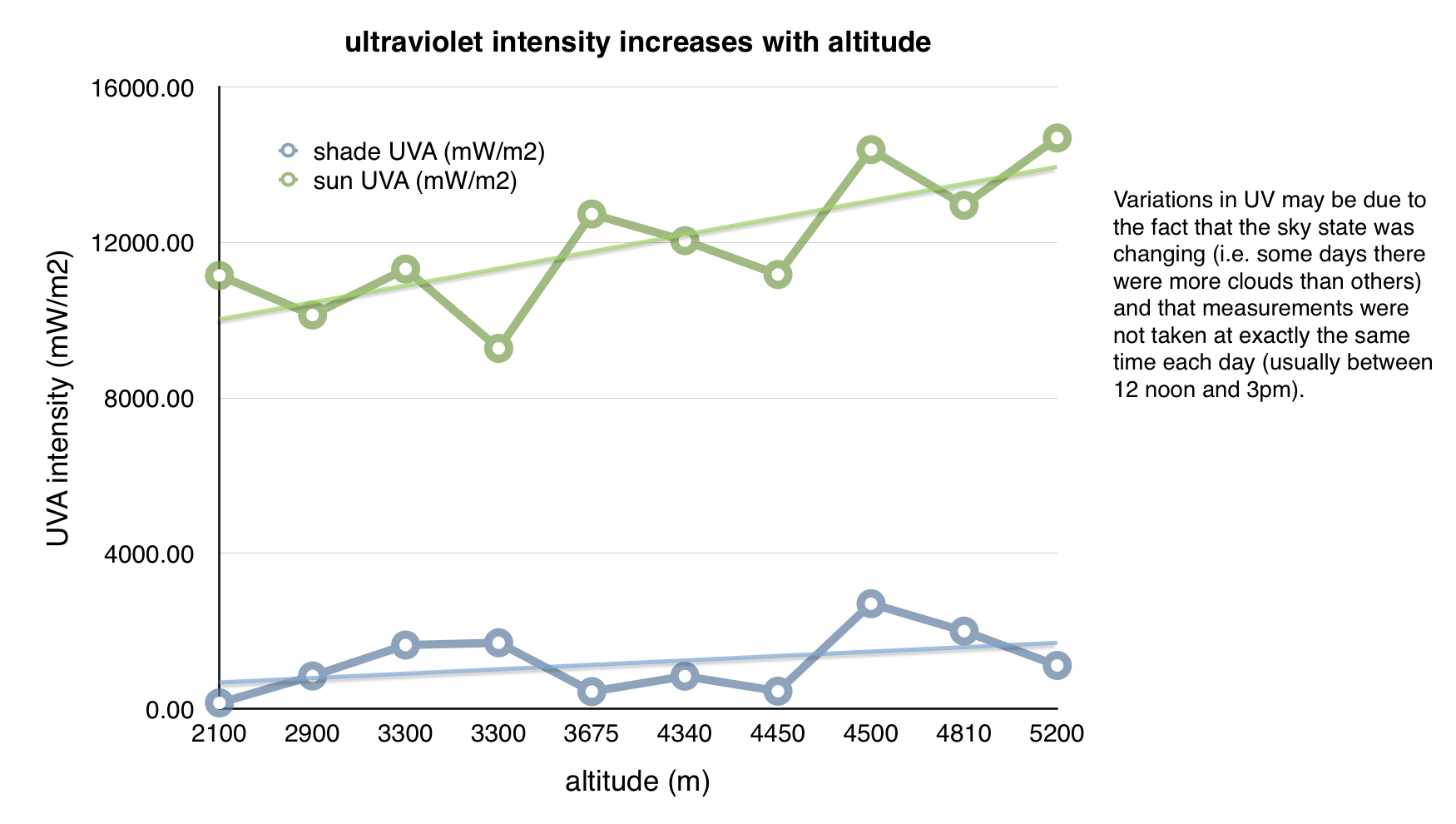
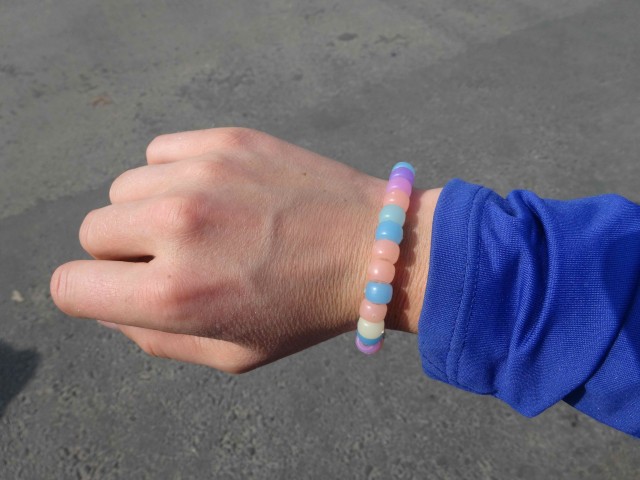
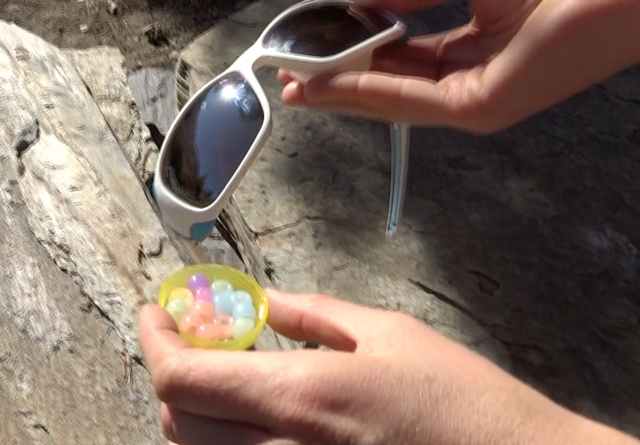
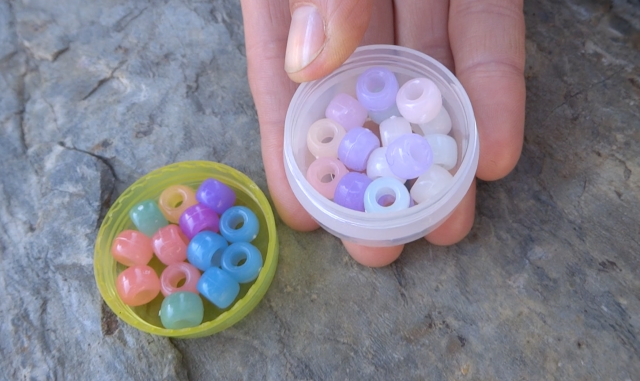

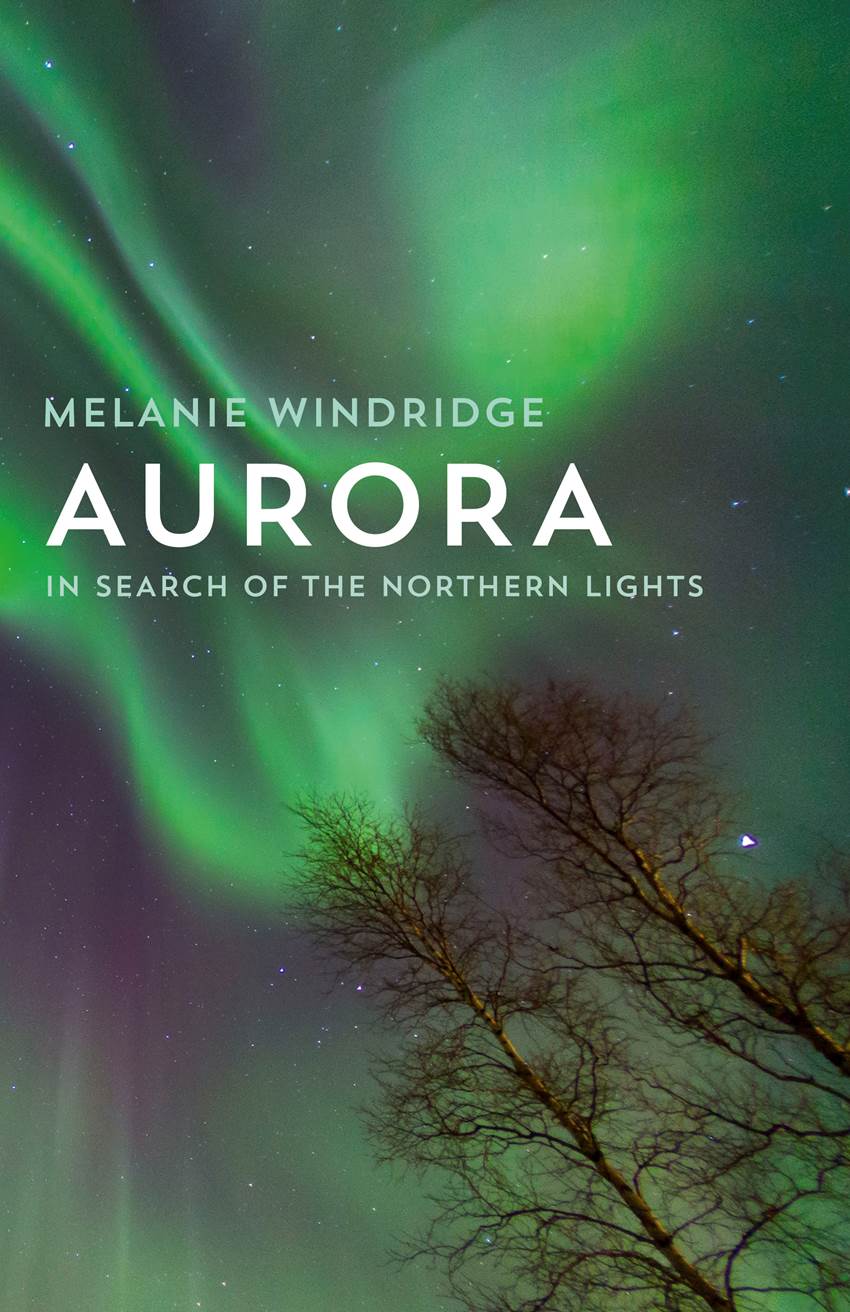
Hi, in which season did you measure the UV-A? I read some articles about it and there were written that: “Under clear skies at temperate to equatorial latitudes, total UV-B nowadays may be as high as 7–8 W m-2 and UV-A as high as 45–50 W m-2 , respectively (Larkum and Wood, 1993).” So if 50 W m-2 is 5 mW m-2 it is still much more highter than yours measurement.
Hi Michaela, I measured the UV in October, when the UV index would be lower (peaks in June-July). As a comparison, I looked at this news post from the UIAA about a weather station at 8000m on Everest https://www.theuiaa.org/mountaineering/everest-weather-station-goes-online/ and at the variation in UV index over time from this reference https://www.esrl.noaa.gov/gmd/publications/annual_meetings/2012/slides/103-120409-C.pdf
The Everest station had a UVA measurement from 15th May (2008) of 30.4 W/m2.
My measurements in October were around 12 W/m2 at around 4000m. Extrapolating the data from my graph we could expect a UVA measurement of ~18 W/m2 at around 8000m.
Looking at the UV index of Lukla and how it varies over the year (see second reference) we find that the UV index in May is approximately 1.5 times higher than in October.
Multiplying my October 8000m figure by 1.5 gives an estimate of 27 W/m2 for UVA intensity at around 8000m in May, which compares reasonably well with the figure from the Everest weather station of 30.4 W/m2.
Ok, thank you 🙂
Hi,
I am looking to measure UVB radiation at a high altitude (10-30km) – do you have an idea of what I could use to do this or any other information ?
Thank you